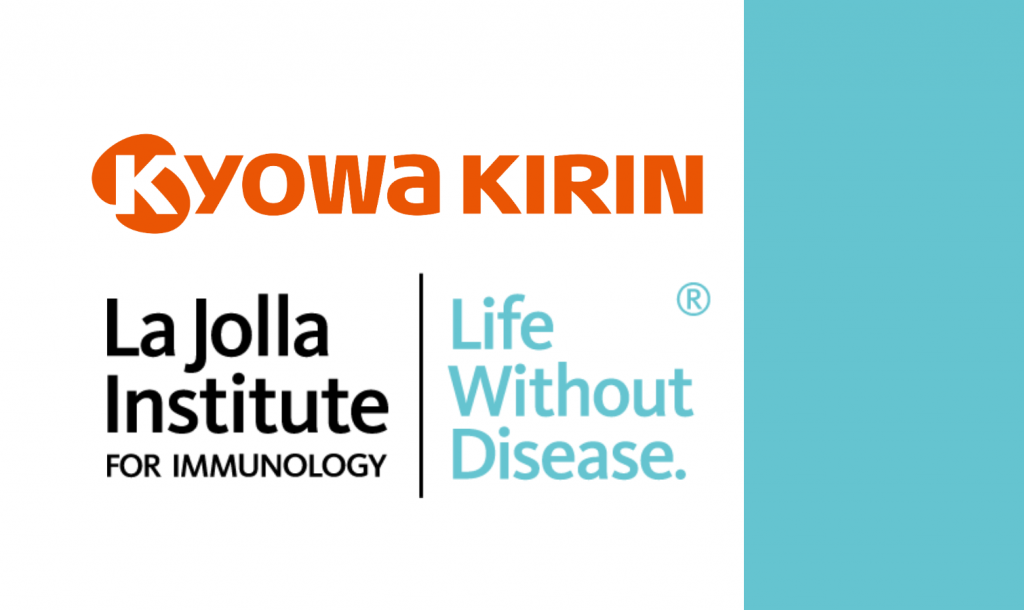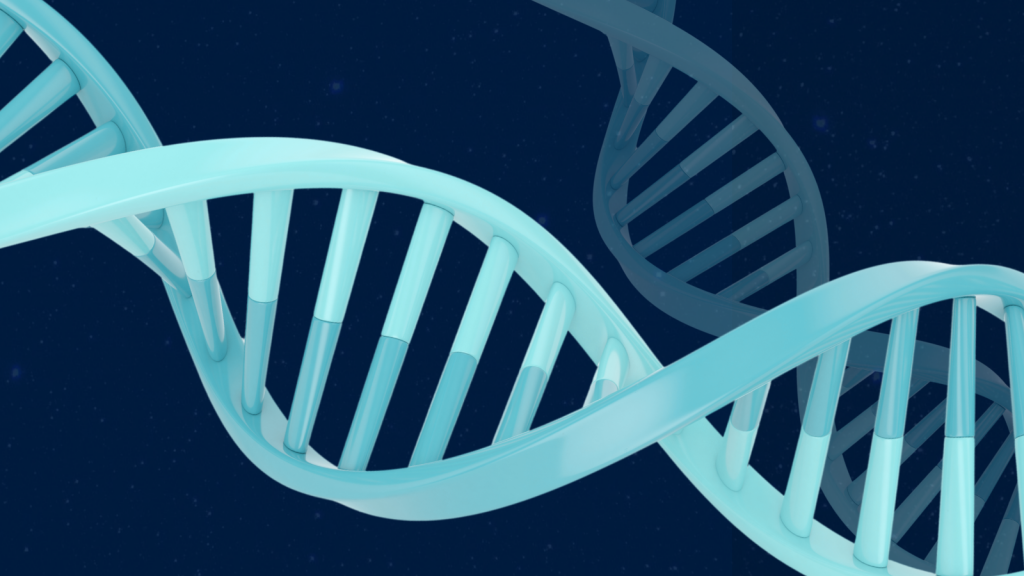LA JOLLA, CA—Researchers at La Jolla Institute for Immunology (LJI) are designing better therapies for treating Ebola virus and its deadly relatives.
Despite the name confusion, Ebola virus is just one species in the Ebolavirus genus. There’s the Ebola virus (two words) species, and then there’s Sudan ebolavirus, Bundibugyo ebolavirus, Reston ebolavirus, Taï Forest ebolavirus and Bombali ebolavirus.
These viruses are all dangerous, but scientists so far have only developed therapies against the more well-known Ebola virus. To save lives, doctors need broad-spectrum therapies that neutralize as many Ebolavirus species as possible.
LJI President and CEO Erica Ollmann Saphire, Ph.D. and her partner Rafi Ahmed, Ph.D., at Emory University are on the hunt for human antibodies that target vulnerable sites across Ebolavirus species.
The team’s latest study, published in Cell, shows that two clever human antibodies can target two ebolavirus species at once: Ebola virus and Sudan virus. These two species are responsible for the biggest, deadliest outbreaks. The new report suggests researchers could combine these two potent antibodies to make a powerful antiviral therapy.
“Finding antibodies with this breadth is important because we don’t know which virus in the genus of ebolaviruses is going to break out next,” says Saphire.
In addition to Saphire and Ahmed, the new research was co-led by Gabriella Worwa, D.V.M., of the National Institute of Allergy and Infectious Diseases, a part of the National Institutes of Health. The two antibodies in this study came from survivors of Ebola virus infection who donated samples to study co- leaders at Emory University, and the Ebola monoclonal antibodies were generated by Carl Davis, Ph.D., at Emory University.
What makes these antibodies special?
To learn how these antibodies neutralize ebolaviruses, LJI Postdoctoral Fellows Xiaoying Yu, Ph.D., and Jake Milligan, Ph.D., spearheaded the use of an imaging technique called cryo-electron microscopy. This technique gave them a clear view of how the two antibodies, called 1C3 and 1C11, bind to vulnerable sites on a key ebolavirus protein, called the glycoprotein.
The team was surprised to see that 1C3 attacked the glycoprotein in an unexpected way. Instead of sticking to one site on the glycoprotein, like a key in a lock, the 1C3 lodged itself in an asymmetrical configuration, which let it block three glycoprotein sites at once.
“This antibody might punch above its weight,” says Saphire. “The antibody is able to block three sites on the virus at the same time using different loops and structures to anchor into each one. That is remarkable.”
Meanwhile, the paired antibody 1C11 binds to the fusion machinery the virus would normally use to enter and infect host cells. As Saphire explains, because the fusion machinery has such a critical job, it looks very similar between Sudan virus and Ebola virus. “This is a site of very broad recognition and resistance to any antibody escape,” she says. “That’s how this antibody gets its breadth.”
There are still four more Ebolavirus species to address, but Ebola virus and Sudan virus have caused the largest and most lethal outbreaks.
One more reason these two antibodies make a dream team: They aren’t easily distracted.
While there are antibody therapies against Ebola virus, some antibodies in these therapies don’t actually neutralize the virus. Instead, the antibodies home in on a decoy protein, called soluble glycoprotein, that the virus makes.
Fortunately, 1C3 and 1C11 ignore the decoy and go straight for the virus’s actual surface glycoprotein structure. This means the researchers could use fewer antibodies to effectively target Ebola virus and Sudan virus. “If 80-90% of what’s there is some kind of smokescreen, having antibodies that can target the vulnerable spot is valuable,” Saphire says.
The two antibodies had the right stuff—and they performed very well outside the lab. Study collaborators found that combining 1C3 and 1C11 in an antibody therapy could protect against Ebola virus and Sudan virus disease in non-human primates, reversing severe symptoms.
“These are both very potent antibodies,” says Yu.
What does this mean for patients?
The fighting power of 1C3 and 1C11 could mean more lives saved when every second matters. The broad-spectrum effects of the two antibodies makes them a promising therapy for situations when doctors don’t have time to figure out which Ebolavirus species is responsible.
Even better, these antibodies may be effective even when given late in the course of the disease. This late treatment would be extremely valuable because many patients with either Ebola virus or Sudan virus have already progressed far into infection when they are diagnosed.
“The first symptoms of Ebola virus tend to be a fever and a headache, which can look like a lot of different diseases,” Saphire says. “An antibody that can be used later in the course of disease is a lot more useful.”
Going forward, the team is trying to figure out how much lower the dosage could be. In the non-human primate trial, even the lowest dose provided 100 percent protection. Yu says a lower dose may be just as effective. This is an important question to answer because lower doses would make the therapy much cheaper to produce.
So for many reasons, a better antibody cocktail means hope for patients.
Additional authors of the study, “Asymmetric and non-stoichiometric glycoprotein recognition by two distinct antibodies results in broad protection against ebolaviruses,” include co-first authors Jacob C. Milligan and Carl W. Davis, Philipp A. Ilinykh, Kai Huang, Peter Halfmann, Robert W. Cross, Viktoriya Borisevich, Krystle N. Agans, Joan B. Geisbert, Chakravarthy Chennareddy, Arthur J. Goff, Ashley E. Piper, Sean Hui, Kelly Shaffer, Tierra Buck, Megan L. Heinrich, Luis M. Branco, Ian Crozier, Michael R. Holbrook, Jens H. Kuhn, Yoshihiro Kawaoka, Pamela J. Glass, Alexander Bukreyev and Thomas W. Geisbert.
This research was supported by the National Institute of Allergy and Infectious Diseases (NIAID) U19 AI142790, and U19AI109762- Consortium for Immunotherapeutics against Emerging Viral Threats; and DARPA contracts W31P4Q-14-1-0010.
Use of the Stanford Synchrotron Radiation Lightsource, SLAC National Accelerator Laboratory, is supported by the U.S. Department of Energy, Office of Science, Office of Basic Energy Sciences under Contract No. DE-AC02-76SF00515. The SSRL Structural Molecular Biology Program is supported by the DOE Office of Biological and Environmental Research, and by the National Institutes of Health, National Institute of General Medical Sciences (P30GM133894).
DOI: 10.1016/j.cell.2022.02.023
###





